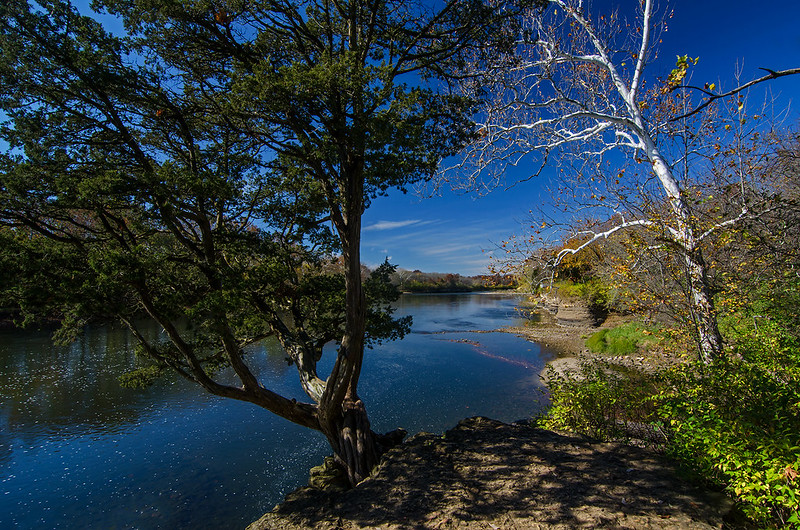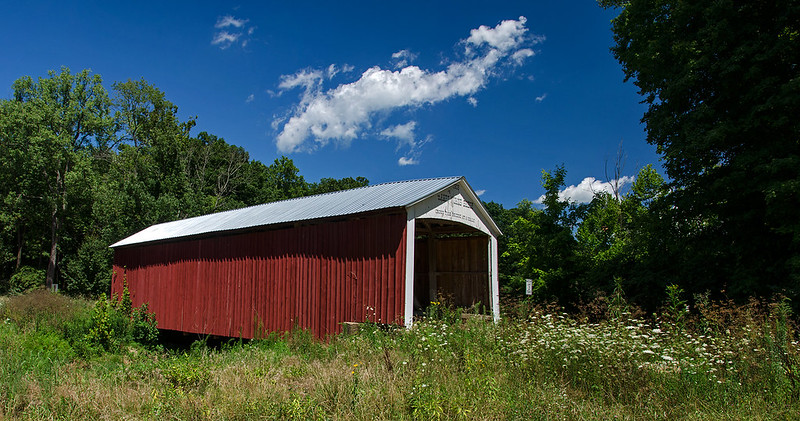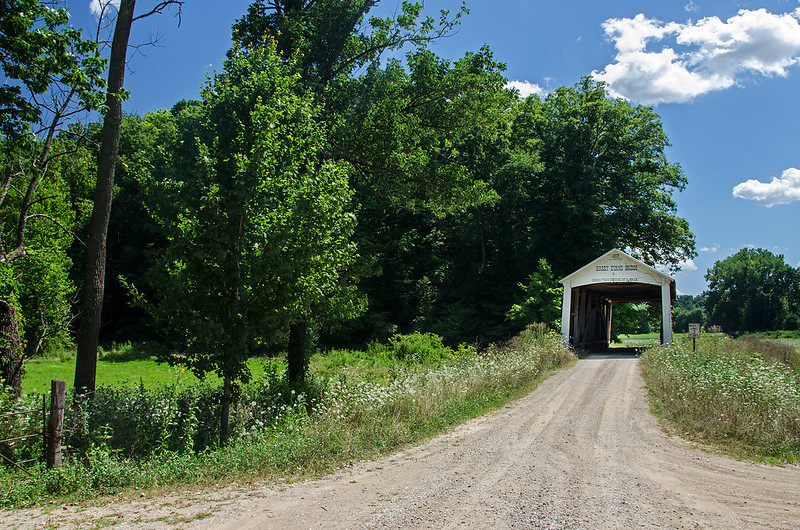
Completed in 1898, the "Polish Cathedral" style church is a remarkable example of sacred Baroque Architecture. A thriving parish today, the church draws thousands to worship each week. Masses are celebrated in both the Ordinary Form, as well as the Extraordinary Form, in English and Latin.

St. John Cantius offers the daily Holy Sacrifice of Mass in the Extraordinary Form, often called the Tridentine Latin Mass.

On this All Souls Day, the parish offered a Pontifical Latin High Mass including the Mozart Requiem, sung by the choir with orchestral accompaniment. No microphones were used for the Latin Prayers, some said at a whisper, adding a mystery to the service, but really, this is the time for the congregation to meditate on the former parts of the Mass.


The 2 hour and 15 minute Mass was filled with tradition not regularly seen in Catholic Churches today, such as kneeling at the Communion Rail for the Eucharist, and the use of patens by the altar servers to catch any particles of the Host that may drop.

St. John Cantius is located in Chicago, just one mile west of the famous Chicago Water Tower, and the Magnificent Mile.


 Lake Michigan's fury continued up the shore for yet another day. At South Haven, Michigan, the piers and lighthouse were battered by high winds sending 20 foot waves over seawalls, and up the Black River. Washing over the seawall, the waves crashed onto the picnic area, flooding the sidewalk with several inches of water, creating a temporary stream of runoff cutting its way toward the beach.
Lake Michigan's fury continued up the shore for yet another day. At South Haven, Michigan, the piers and lighthouse were battered by high winds sending 20 foot waves over seawalls, and up the Black River. Washing over the seawall, the waves crashed onto the picnic area, flooding the sidewalk with several inches of water, creating a temporary stream of runoff cutting its way toward the beach.  With weather such as this, one would expect an empty beach, yet kite surfers rode the waves, and people lined the parking area to witness the pounding waves. Only a few weeks away from freezing temperatures, when these splashes turn the lighthouses into 40 foot ice sculptures.
With weather such as this, one would expect an empty beach, yet kite surfers rode the waves, and people lined the parking area to witness the pounding waves. Only a few weeks away from freezing temperatures, when these splashes turn the lighthouses into 40 foot ice sculptures.





































